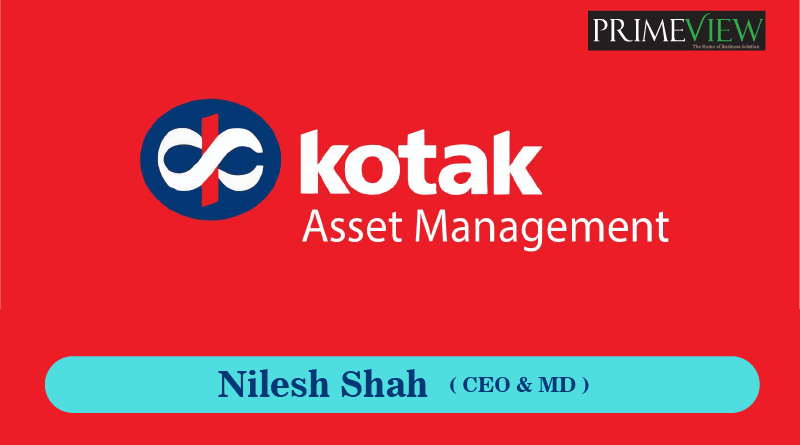The corporate tax cut announcement by the Finance minister on 20th Sept 2019 has come as a game and sentiment changer for India Inc. The slash in effective rate from 34.9% to 25.2% (including surcharge), will have a long term ripple effect throughout the economy. An equally far reaching step has been the announcement of a special 17% rate for new companies incorporated on or after 1st Oct 2019 (and starting new manufacturing facilities before March 2023.)
These measures have created an air of optimism in the market not seen in a long time. The tax cut will lead to cash retention of around Rs 1.45 lakh cr with the corporate sector. These tax savings will become major risk-capital available with the companies. Lower tax would mean money saved for years together.
Companies may utilise this retained cash for lowering prices, future capex investment and expansion, debt de-leveraging or dividends/buybacks.
This in turn will create credit demand for banks. On the other side, it may lead to reduced NPA stress and also put money in hands of customers/investors. This, compounded with PSU bank recapitalization, the banks will find themselves in an advantageous position after a long time.
The 2nd element of the tax cut provides a special 17% rate for new manufacturing companies. This basically is the strongest pitch that India has made for FDI in a long time. In one fell swoop, this measure has brought the tax rate lower than most countries in the ASEAN region. This would augur well for companies moving away from China.
Government deserves all the laurels for these slew of measures. But it must not stop at that. Now that India has wrest the initiative, we must build up on the momentum. The availability of land, access to market, and supportive labour laws are business-efficiency and viability issues. Government must help in reducing these barriers for investors. And it is our studied understanding that government is aware of these issues and may look to address the same in the future.
There is this concern that the forgone revenue receipt by the government may lead to fiscal pressure. The expected fiscal deficit is likely to be around 3.7% post the new corporate rates. While this may be true, yet we believe that the growth boost from this measure may lead to greater tax revenue over the long term. For PE rerating there would be more steps required. Since we have increased tax rebate to corporate India, there is a gap on the fiscal side which needs to be bridged. If it is bridged through asset divestment, that is strategic divestment and not market divestment, then the market will get rerated. Moreover, if we bridge the gap on borrowing side by sovereign bond issue or by attractive FPI capital into the Indian bond market, then certainly market will get rerated.
In the short term though, the expectation of fiscal pressure has caused some spike in yield. The yields may remain relatively high until it becomes clear as to how the government will aim to mitigate the potential rise in fiscal deficit. However, we believe that the companies will now have a better interest coverage ratio and debt servicing capability. Thus, the spreads of high quality corporates may in fact come down over a period of time. Moreover, the low inflation still continues to provide cushion for rate cut, albeit in a more staggered manner.
The tax rebate is a step in the right direction – it is a bazooka move! It has changed the sentiment significantly, opened many more possibilities for rapid growth in days to come, however, we need to support it by some more innovative steps like strategic divestment, sovereign bond issue or inclusion on India in the bond index, which attracts more permanent FPI capital in the debt market.
We had pointed out earlier that market is likely to bounce back once the government comes out with a stimulus package. While the market run-up was steep and quick; we believe that the market still remains in around fair-value zone. There is still buying opportunity in the market due to panic selling that had happened earlier, especially in the mid and small cap segment.
For this very reason, we believe that a staggered approach to investment in mid/ smallcaps; and in large mid cap category fund, is a lucrative option. Lumpsum investors can look at investing through balanced advantage fund (BAF) with follow-on STP flowing into one of the above equity funds. Fixed income investors can look to invest in credit fund and Short term bond funds. Dynamic bond fund may also be a lucrative bet if yield spikes significantly from current levels.
To summarize, the India story is coming back on track. The next few months will be critical as to how we compete in the global arena to attract foreign capital and trade incentives. The political dispensation is clearly at it. India’s vast strength, its influential diaspora and cultural goodwill, amongst other things, must be mobilised to fulfil the very achievable 5 trillion-dollar dream.












